“Keep moving!” Haiku yells. “Keep coming back this way!
His fear of tear gas is appropriate. Despite its ubiquity across the globe and in United States, tear gas is a chemical agent banned in warfare per the Chemical Weapons Convention of 1993, which set forth agreements signed by nearly every nation in the world — including the United States. The catch, however, is that while it’s illegal in war, it’s legal in domestic riot control. That means Turkey got to use it on its protesters last year. That meant Bahrain got to the do the same. And now, in Ferguson, cops are likewise blasting residents protesting the police for the killing of an unarmed teen named Michael Brown.
“I was just trying to get to my sister’s house,” one 23-year-old sobbed on his lawn, according to this harrowing report by The Washington Post’s Wesley Lowery, who was arrested by police Wednesday. The man said police had pelted him with rubber bullets and sprayed his face with tear gas.
Ferguson police chief Tom Jackson has defended the use of tear gas. “There are complaints about the response from some people,” he said, “but to me, nobody got hurt seriously, and I’m happy about that.”
While that appears to have held true as of Thursday morning, some scientists and international observers contend the tactic of spraying people with tear gas, which commonly uses the chemical agent 2-chlorobenzalmalononitrile (CS), can pose serious dangers. “Tear gas under the Geneva Convention is characterized as a chemical warfare agent, and so it is precluded for use in warfare, but it is used very frequently against civilians,” Sven-Eric Jordt, a nerve gas expert at Yale University School of Medicine, explained to National Geographic. “That’s very illogical.”
Technically not a gas, Jordt said, tear gas is an aerosol. “Tear gases are nerve gases that specifically activate pain-sensing nerves,” Jordt told National Geographic. And when used properly, in lower doses and deployed in open spaces, its effects are more or less harmless. Those affected sneeze and cough and panic — and may even temporarily go blind — but those symptoms subside after several hours. A 2003 study found there “is no evidence that a healthy individual will experience long-term health effects from open-air exposures to CS or CR, although contamination with CR is less easy to remove.”
But sometimes things don’t go as planned. “The use of tear gas in … situations of civil unrest, however, demonstrates that exposure to the weapon is difficult to control and indiscriminate, and the weapon is often not used correctly,” wrote Howard Hu in the Journal of the American Medical Association in 1989. “Severe traumatic injury from exploding tear gas bombs as well as lethal toxic injury have been documented.” Hu found that if exposed to “high levels of CS,” some victims experienced heart failure or even death. “An infant exposed to CS in a house into which police had fired CS canisters to subdue a mentally disturbed adult developed severe pneumonitis requiring therapy with steroids, oxygen, antibiotics, and 29 days of hospitalization.”
The levels of toxicity of the gas that most police departments deploy in the United States is lower than what’s found in places like the Middle East, according to Yale researcher Jordt, though some domestic uses have stirred controversy. On April 19, 1993, the FBI sprayed tear gas into a large compound in Waco, Tex., that housed a religious sect called the Branch Davidians. A fire eventually consumed the center and more than 75 people, including 28 children, died. Investigators wrote in a subsequent report that if the victims hadn’t been able to leave the compound, “there is a distinct possibility that this kind of CS exposure can significantly contribute to or even cause lethal effects.”
More recently, in 2011, a Palestinian man named Mustafa Tamimi was killed when a tear gas canister hit him in the head at close range, according to Amnesty International. Later that year, another Palestinian died of inhaling tear gas. Earlier this year, in April, one Palestinian woman died of tear gas inhalation, Agence France-Presse reported.
In Egypt, policemen shot tear gas into the back of a vehicle carrying supporters of ousted president Mohamed Morsi to prison, asphyxiating and killing 37 inside. “Of all the ways to die,” Foreign Policy reported, “this was one of the most horrible.” The men’s lawyer would later say that the men’s faces were so distorted and blue that most thought they had been burned.
Burning is a common feeling when tear gas hits. It’s a refrain victims return to from Egypt to Gaza, from Istanbul to Ferguson.
That, and the suddenness of it. How quickly the gas chokes.
“These m———— came out of the cut and sprayed me in the face like this is a f—— video game or something,” one Ferguson man told The Post. His friends pleaded with him to get medical help. “I don’t need a hospital,” the man yelled. “This is my home.”
Source: Washington Post
[AdSense-A]

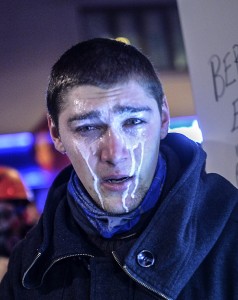

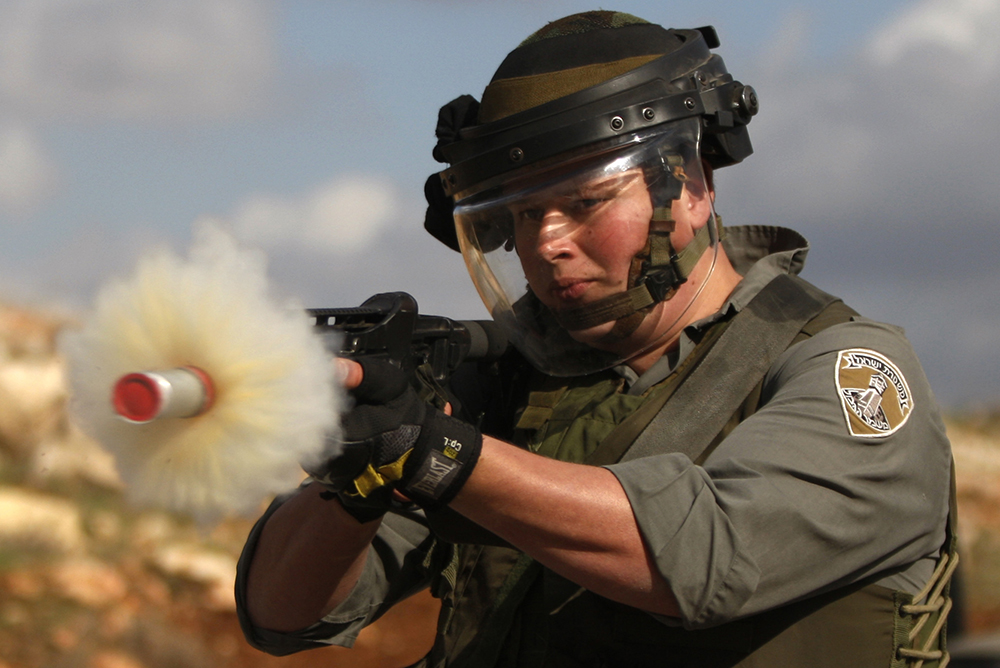




































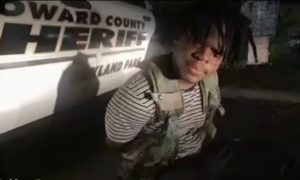















































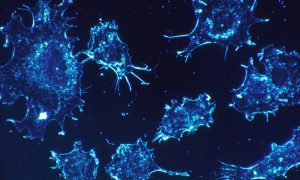





















































































































































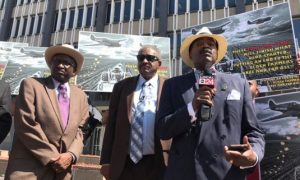





![[Video] Chicago Police Officers Caught On Video Telling Two Black Men "We Kill Mother F**kers"](https://earhustle411.com/wp-content/uploads/2018/07/evil-cop-3-300x180.jpg)
![[Video] Chicago Police Officers Caught On Video Telling Two Black Men "We Kill Mother F**kers"](https://earhustle411.com/wp-content/uploads/2018/07/evil-cop-3-80x80.jpg)












![[Video] White Woman Calls The Cops On Black Real Estate Investor, Cops Threaten To Arrest Her For Harassing Him](https://earhustle411.com/wp-content/uploads/2018/05/nosy-neighbor-300x180.png)
![[Video] White Woman Calls The Cops On Black Real Estate Investor, Cops Threaten To Arrest Her For Harassing Him](https://earhustle411.com/wp-content/uploads/2018/05/nosy-neighbor-80x80.png)


![White Scientist Says The Black Community Is Being Targeted By The Medical System, They Are Deliberatly Being Poisoned [Video]](https://earhustle411.com/wp-content/uploads/2016/05/mike-adams-300x180.jpg)
![White Scientist Says The Black Community Is Being Targeted By The Medical System, They Are Deliberatly Being Poisoned [Video]](https://earhustle411.com/wp-content/uploads/2016/05/mike-adams-80x80.jpg)








![Teenage Girl Shot In Her Stomach Three Times But Took Time To Post To Facebook [ Video]](https://earhustle411.com/wp-content/uploads/2016/02/Gangster-chick-300x180.jpg)
![Teenage Girl Shot In Her Stomach Three Times But Took Time To Post To Facebook [ Video]](https://earhustle411.com/wp-content/uploads/2016/02/Gangster-chick-80x80.jpg)







